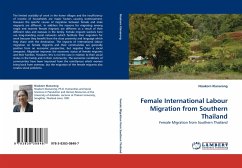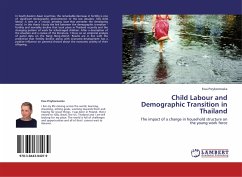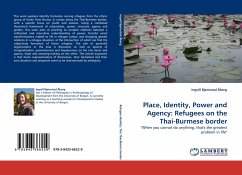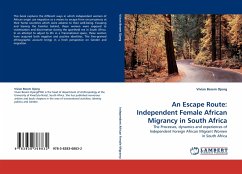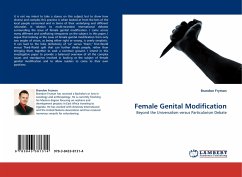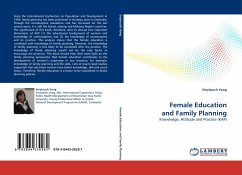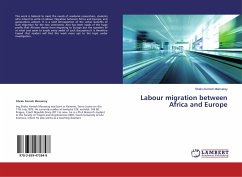The limited availably of work in the home villages and the insufficiency of income of households are major factors causing outmovement. However the specific causes of migration between female and male migrants are different. In addition the reasons for migrating among single and married female migrants are different as a result of their different roles and statuses in the family. Female migrant workers here use long-standing social networks which facilitate their migration for work because they benefit from the close proximity and language which they share with the destination. The impacts of international labour migration on female migrants and their communities are generally positive from an economic perspective, but negative from a social viewpoint. Migration improves the economic status of female migrants and their families. However, this is not the case in relation to their social status in the family and in their community. The economic conditions of communities have been improved from the remittances which women bring back from overseas, but the migration of the female migrants also creates social problems.
Bitte wählen Sie Ihr Anliegen aus.
Rechnungen
Retourenschein anfordern
Bestellstatus
Storno

